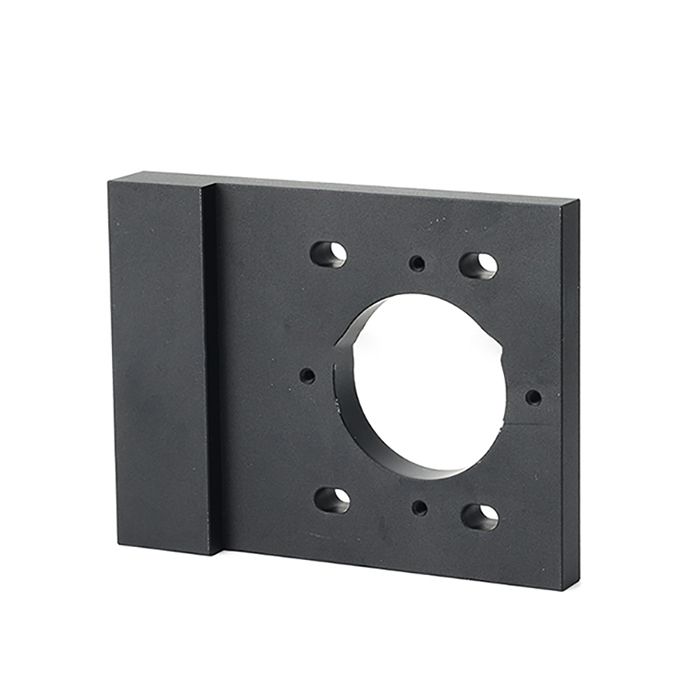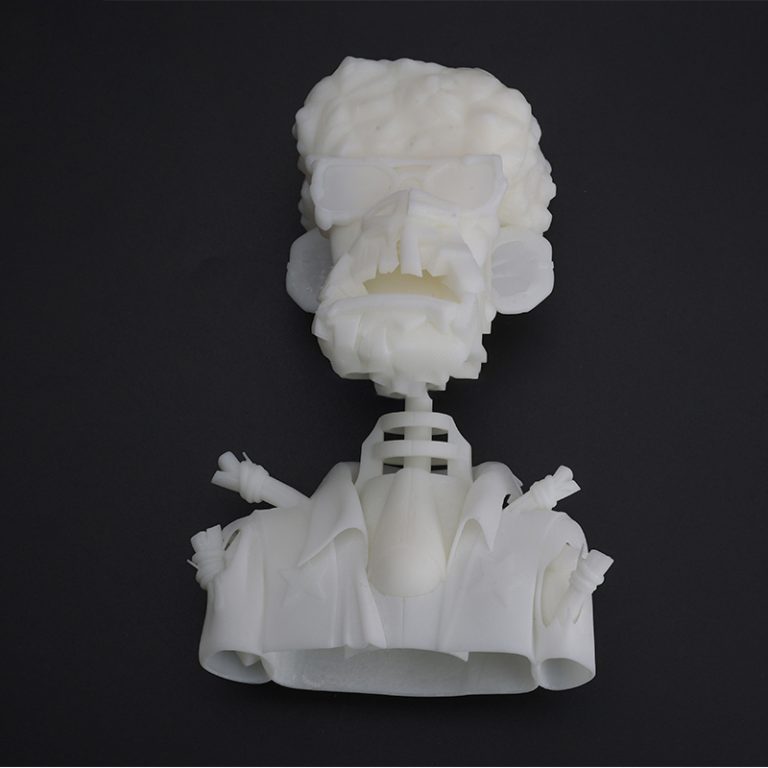Benefits of Using High-Performance Engineering Plastics in Plastic Injection Molding
Plastic injection molding is a widely used manufacturing process that involves injecting molten plastic material into a mold cavity. This process allows for the production of complex and intricate plastic parts with high precision and consistency. One of the key factors that determine the quality and performance of the final plastic parts is the choice of materials used in the injection molding process.
High-performance engineering plastics are a popular choice for plastic injection molding due to their superior mechanical properties, thermal stability, chemical resistance, and overall performance. These materials are specifically designed to meet the demanding requirements of various industries, including automotive, aerospace, medical, and electronics. By using high-performance engineering plastics in plastic injection molding, manufacturers can achieve numerous benefits that can enhance the quality, durability, and functionality of their products.
One of the primary benefits of using high-performance engineering plastics in plastic injection molding is their exceptional mechanical properties. These materials exhibit high tensile strength, impact resistance, and toughness, making them ideal for applications that require high-performance and durability. Whether it’s automotive components, electronic enclosures, or medical devices, high-performance engineering plastics can withstand harsh operating conditions and provide long-lasting performance.
In addition to their mechanical properties, high-performance engineering plastics also offer excellent thermal stability. These materials can withstand high temperatures without deforming or losing their properties, making them suitable for applications that involve exposure to heat or thermal cycling. This thermal stability ensures that the plastic parts maintain their integrity and functionality even in extreme conditions, which is crucial for industries such as aerospace and automotive.
Chemical resistance is another key advantage of using high-performance engineering plastics in plastic injection molding. These materials are highly resistant to a wide range of chemicals, solvents, and oils, making them suitable for applications that require exposure to harsh chemicals or environments. Whether it’s chemical processing equipment, medical devices, or industrial machinery, high-performance engineering plastics can provide reliable performance and longevity in challenging environments.
Furthermore, high-performance engineering plastics offer excellent dimensional stability and precision, which is essential for producing complex and intricate plastic parts with tight tolerances. These materials have low shrinkage rates and high dimensional accuracy, ensuring that the final plastic parts meet the required specifications and fitment. This dimensional stability is critical for industries such as electronics and medical, where precision and consistency are paramount.
| Surface finish | Polishing Finish / Slik Print / Texture Finish / Rubber Painting / Glossy Finish / Painting / Slik-Screen / Pad Print / EMI Coating / Electronic Plating / Laser Marking / Etc. |
| Our Services | OEM/ODM |
Overall, the benefits of using high-performance engineering plastics in plastic injection molding are numerous and significant. From superior mechanical properties and thermal stability to chemical resistance and dimensional accuracy, these materials offer a wide range of advantages that can enhance the quality, performance, and longevity of plastic parts. By choosing high-performance engineering plastics for plastic injection molding, manufacturers can achieve superior results and meet the demanding requirements of various industries.




